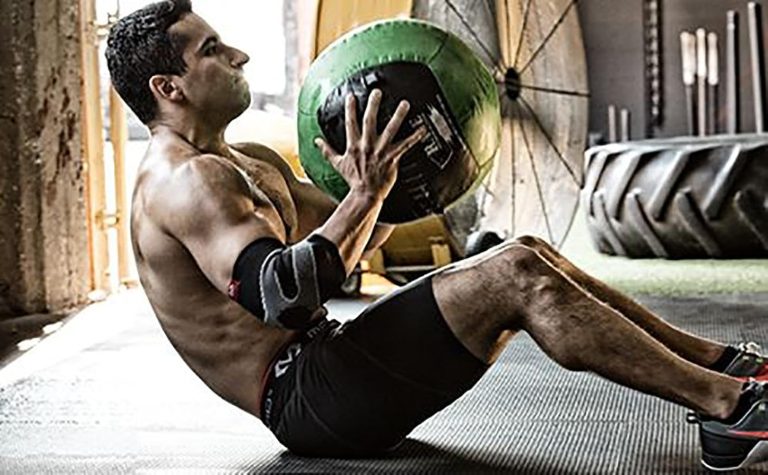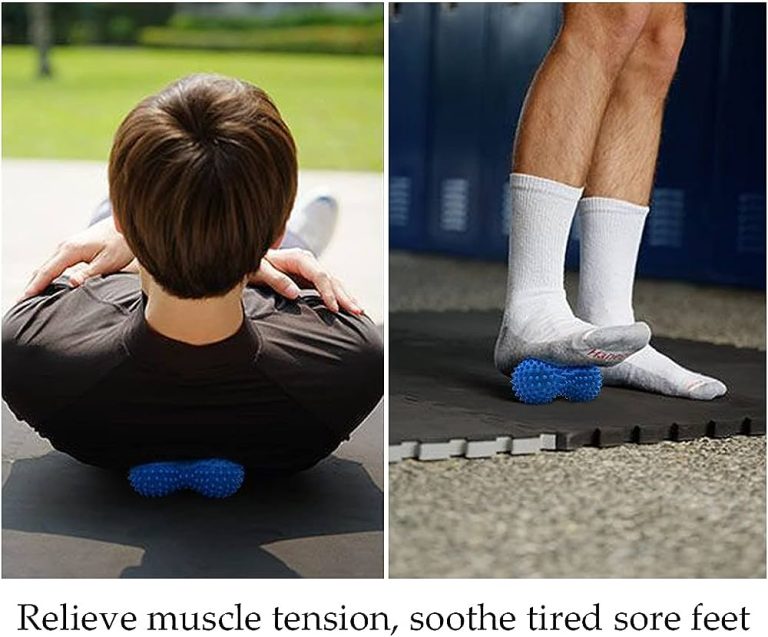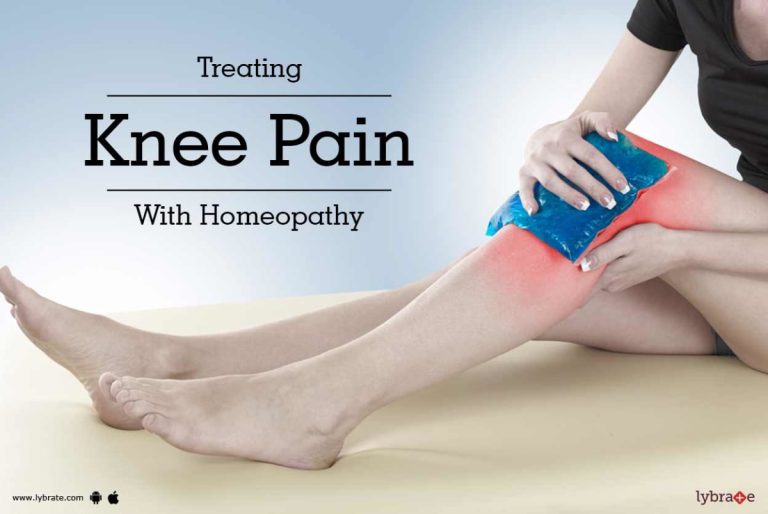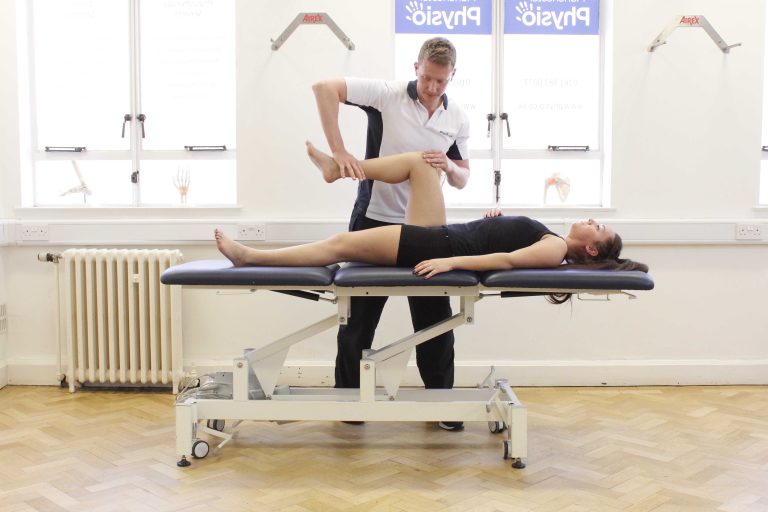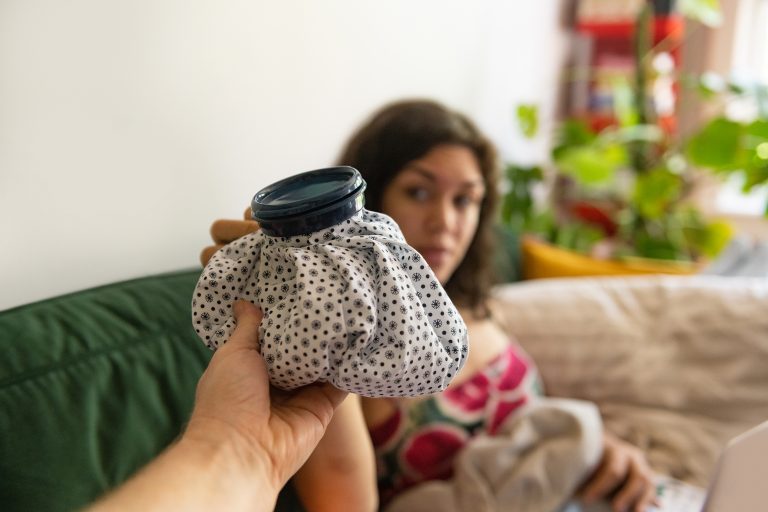how to wrap a groin injury for optimal recovery
Groin injuries can be incredibly painful and debilitating, affecting athletes and everyday individuals alike. Whether it’s a strain, pull, or tear, finding the right way to wrap a groin injury is crucial for a speedy recovery.
In this article, we will explore a step-by-step guide on how to properly wrap a groin injury to provide support and stability to the affected area. However, please note that this article should not substitute professional medical advice.
So, if you find yourself suffering from a groin injury, grab some tape and get ready to learn the right way to wrap, all while uncovering essential tips to reduce swelling.
how to wrap a groin injury
To wrap a groin injury, start by wrapping the inner thigh of the injured leg. Then, continue wrapping up the leg and over the buttocks.
Cross the tape over the lower abdomen and below the hip bone of the injured leg. It is important to overlap the wrap and cut the end.
Please note that this information is a disclaimer and not professional medical advice. It is strongly recommended to consult with a healthcare professional for a proper diagnosis and treatment plan.
Key Points:
- Start wrapping the inner thigh of the injured leg
- Continue wrapping up the leg and over the buttocks
- Cross the tape over the lower abdomen and below the hip bone
- Overlap the wrap and cut the end
- Disclaimer: This information is not professional medical advice
- Consult a healthcare professional for diagnosis and treatment plan
Sources
https://www.wikihow.com/Wrap-a-Groin-Injury
https://www.youtube.com/watch?v=LUS9gWRbCrU
https://www.healthline.com/health/groin-strain
https://www.sportsinjuryclinic.net/sport-injuries/hip-groin/groin-pain/groin-strain-strapping-taping
Check this out:
💡 Pro Tips:
1. Apply ice to the groin area before wrapping to help reduce swelling and numb the pain.
2. Make sure the wrap is snug, but not too tight, to allow for proper circulation and prevent further injury.
3. Consider using a compression wrap specifically designed for groin injuries, as they provide targeted support and stability.
4. Avoid any activities or movements that may aggravate the injury while it is wrapped, to allow for proper healing and prevent complications.
5. If the pain or symptoms worsen or do not improve after wrapping, seek professional medical advice to ensure proper diagnosis and treatment.
Importance Of Professional Review And Advice
When dealing with an injury, it is essential to seek professional medical advice and review. The information provided in this article serves as a general guide and should not be substituted for professional medical advice.
It is important to consult with a healthcare professional who can assess your specific condition and provide personalized recommendations for your groin injury.
Step-By-Step Guide To Wrapping A Groin Injury
If you have sought professional advice and have been recommended to wrap your groin injury, follow these steps carefully for optimal recovery. This guide is intended to provide a general understanding of how to wrap a groin injury.
Wrapping Technique: Starting At The Inner Thigh
- Begin by selecting a high-quality elastic wrap specifically designed for injuries such as groin strains.
This type of wrap provides the necessary support and compression.
- Start wrapping at the inner thigh of the injured leg.
This is the area closest to the groin and will provide the foundation for the wrap.
- Hold one end of the wrap against the inner thigh and make a circular wrap around the leg.
Ensure that the wrap is snug but not overly tight, as proper blood circulation is crucial for healing.
- Continue wrapping the elastic bandage in a spiral motion, gradually covering the injured area, and extending up towards the buttocks.
Ensure that each wrap overlaps by about half of the previous wrap, maintaining a consistent pressure.
- Repeat this process until the entire injured area is covered, leaving the groin area exposed.
Wrap Continuation: Leg And Buttocks
- Once you have wrapped the injured leg and reached the buttocks region, continue wrapping over the top of the buttocks to provide additional support.
This will help stabilize the area and maintain the correct alignment of the hip.
-
As you wrap around the buttocks, remember to keep the wrap snug but comfortable, avoiding excessive tightness.
-
Continue wrapping until the entire leg and buttocks are covered, taking care to overlap the previous wraps by half to ensure proper support and compression.
Cross-Taping For Added Support
-
To provide further support and stability, consider applying cross-tape over the lower abdomen and just below the hip bone of the injured leg.
-
Cut two smaller strips of adhesive tape and place them in a crisscross pattern over the injured area.
The cross-taping helps reinforce the wrap and enhances the effectiveness of the compression to the groin area.
Expert Tips: Overlapping And Cutting The Wrap End
- As you continue wrapping, ensure that each new layer overlaps the previous wrap by approximately half of its width.
This overlapping technique is crucial as it helps maintain consistent compression and prevents the wrap from slipping or becoming loose.
- Once you have wrapped the entire injured area, secure the end of the wrap by cutting it carefully and tucking the cut edge into the wrap to prevent unraveling.
Remember, this article only provides a general understanding of how to wrap a groin injury. To fully understand the appropriate technique for your specific injury and to receive professional advice, consult with a qualified healthcare professional.
It is important to note that this article does not provide any statistics or figures related to groin injuries or wrapping techniques. For more information on reducing swelling and promoting healing, it is recommended to seek further resources from qualified medical professionals or reputable sources specializing in sports medicine and injury rehabilitation.


